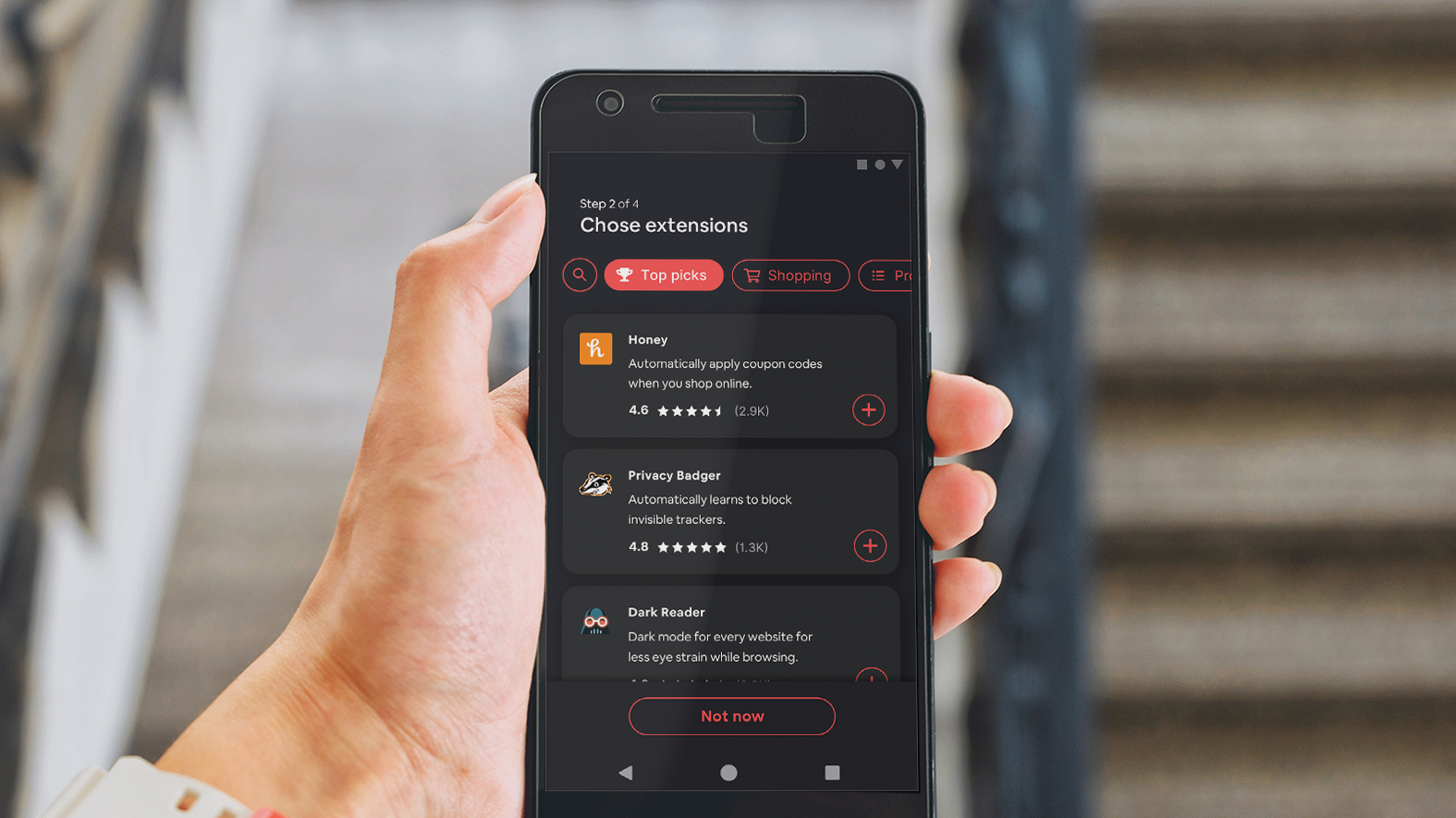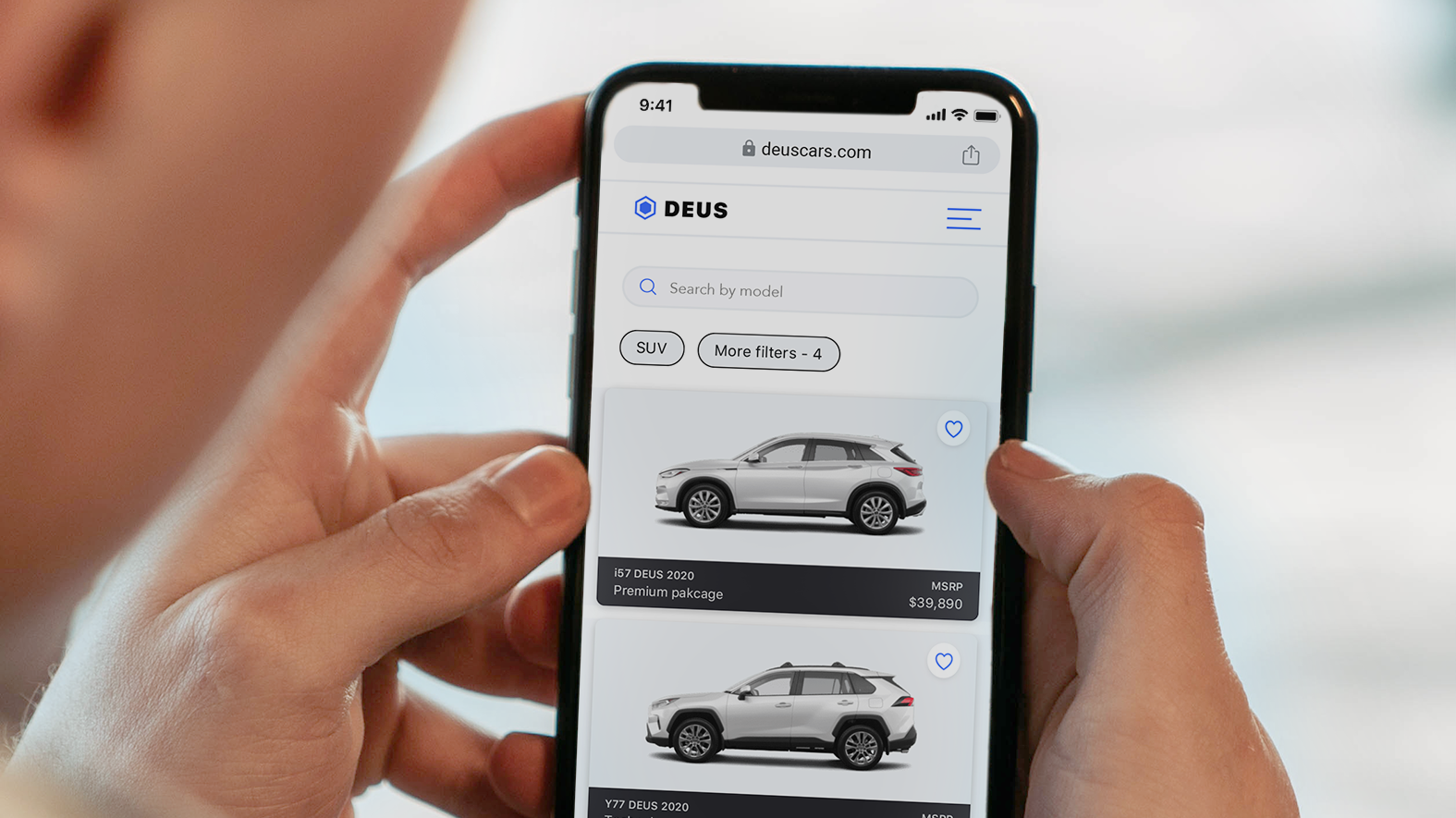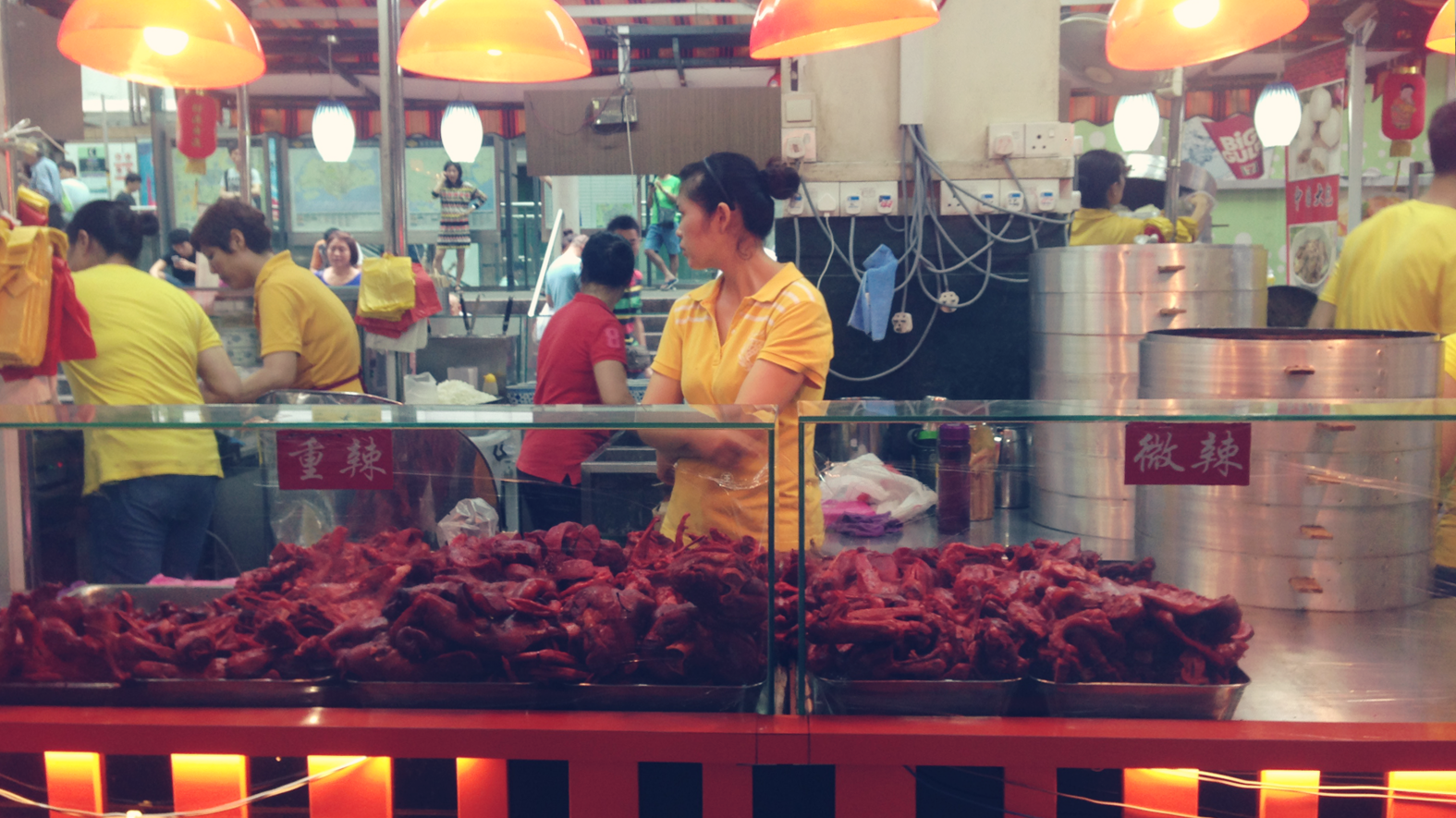Building a Better Forecasting System
How might we build a better forecasting system for our buyers in order to align with managers? A large retail company had an antiquated system, disconnected and unintuitive tools, which resulted in wasted employee time and lack of focus on driving growth for the business.
*Client and work have been sanitized for confidentiality purposes
My role on this case was lead designer. I worked with another designer from Bain, a consultant, two project managers, 3 managers from the client side, and a junior designer from the client that had previously never worked on products before. I worked with one of the managers on developing a workplan of the process we would run and mentored the other designers.
The project was 10 weeks and we worked in 5 2-week sprints. The workplan I developed included:
- Kickoff workshop
- Primary research plan
- Ideation Workshop
- Design/ prototyping plan
- Testing plan
The Complexities of Budgeting
We started with a kickoff workshop which including mapping out the current process of the budgeting and forecasting process. I quickly learned that this was a complex problem and the processes looked different for different parts of the business. With so many varities in buyer's products, supply chains, and customer demands we needed to do indepth interviews from employees across the organization to get a better understanding to create a tool for everyone.

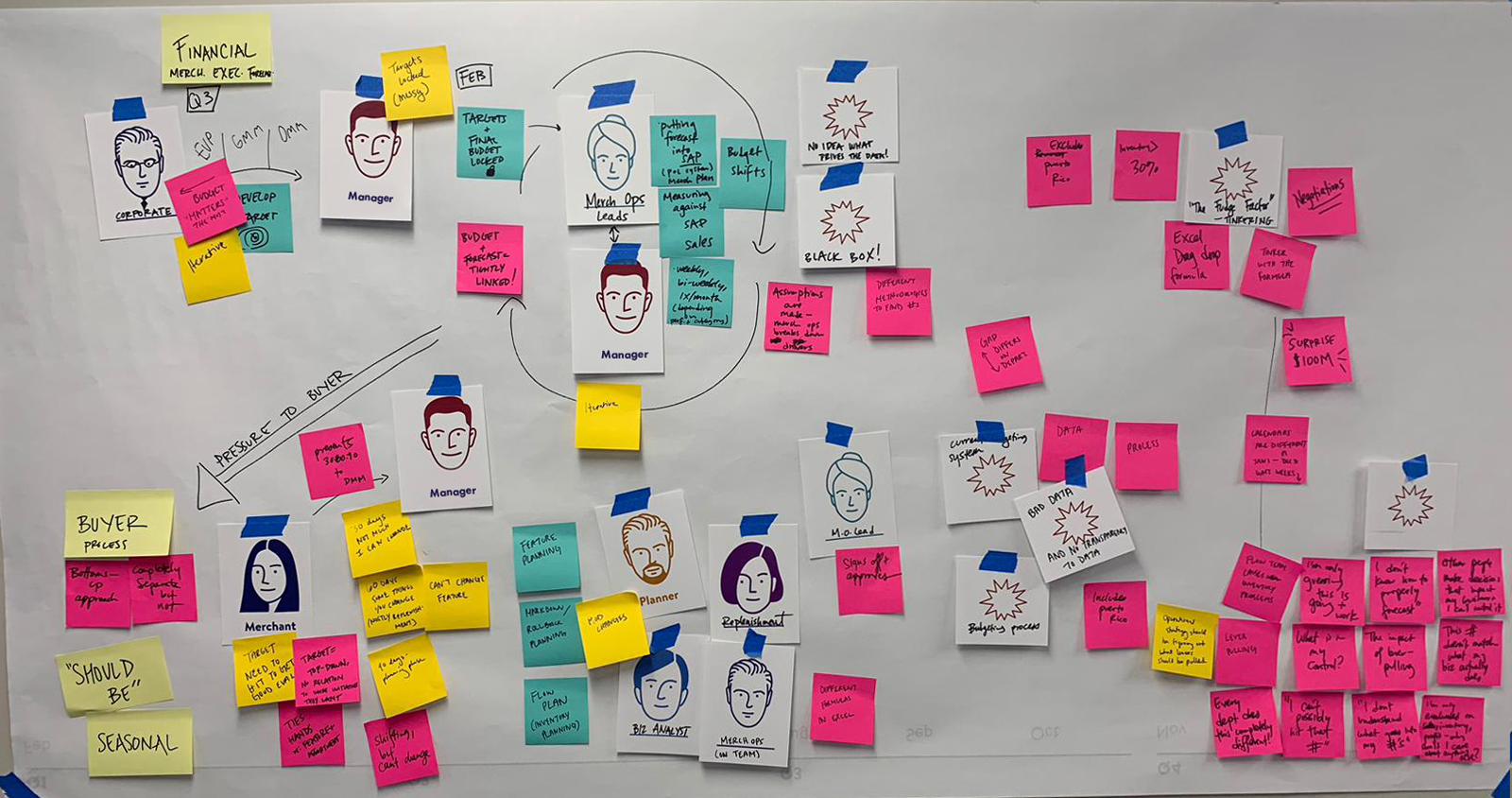
Interviewing and Synthesizing
We then split into up and ran in-depth user interviews with merchandisers, managers, and financial planners. We didn't want to leave out parts of the business, so collectively we interviewed 45 people responsible for different categories across the business, including ‘deli meats’, ’electronics’, and ‘seasonal candy’. We split into groups of 2 people, an interviewer and a notetaker. I moderated 20 of the interviews, while the client designer took notes.
We debriefed with post-it notes after each interview, so we could later synthesize as a group.
I facilitated synthesis with the client and then later with team members at Bain, which resulted in opportunities to align with the client on.
Human Opportunities
After the week-long synthesis session, three opportunities emerged:
1. Motivation
Buyers feel motivated when in full control of their business, yet top-down approaches and misaligned incentives demotivate them because they feel they have less skin in the game
2. Sense-making
Buyers value being experts of their categories, but cumbersome, unreliable tools and piecemeal data make knowing their business a guessing game
3. Alignment
Buyers and leaders struggle to align on how to effectively allocate resources in year because they see different, incomplete versions of the truth
Ideation Workshop
During the ideation workshop with the client I facilitated exercises around data visualization inspiration board and created HMW questions around the opportunities. The group then ideated around the HMW questions and synthesized the solutions.


Paper Prototyping
In order to get quick feedback on the ideas I sketched them out and went back to our users. Going back to our users at such a low fidelity made it easier to co-create with them directly and gain a lot more knowledge on such a complex problem space.

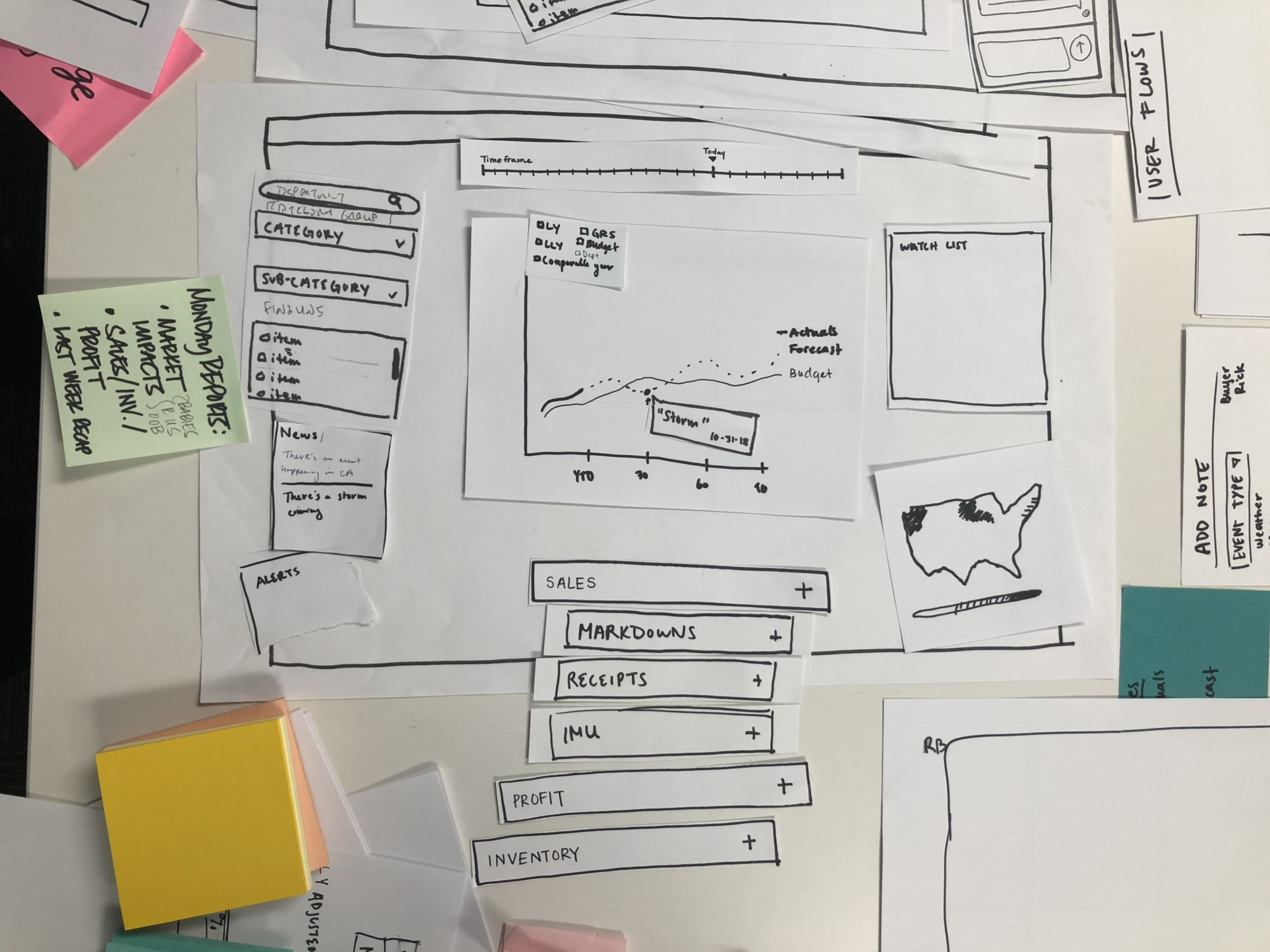
Iterating closely with users
After iterating and testing with users we were able to create a forecasting system that our users would use successfully.
Results
The prototype received strong positive reviews from users across the organization as well as key client stakeholders. Client team plans to launch minimally viable product in ~6 months.
"A lot of things that I used to have to research to understand my business and tell a story are right here [in this tool]. Now I can go fix the issue instead. This is so much better than what we have right now" — Director of Merchandising Operations.
